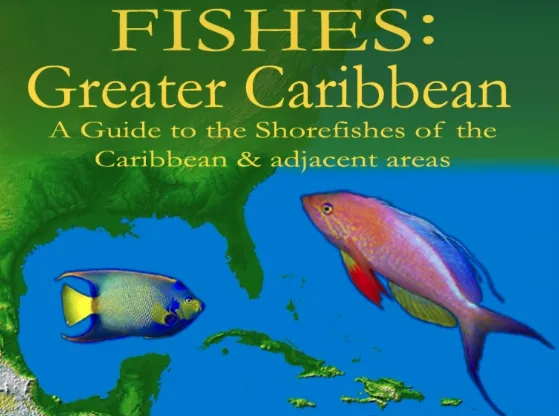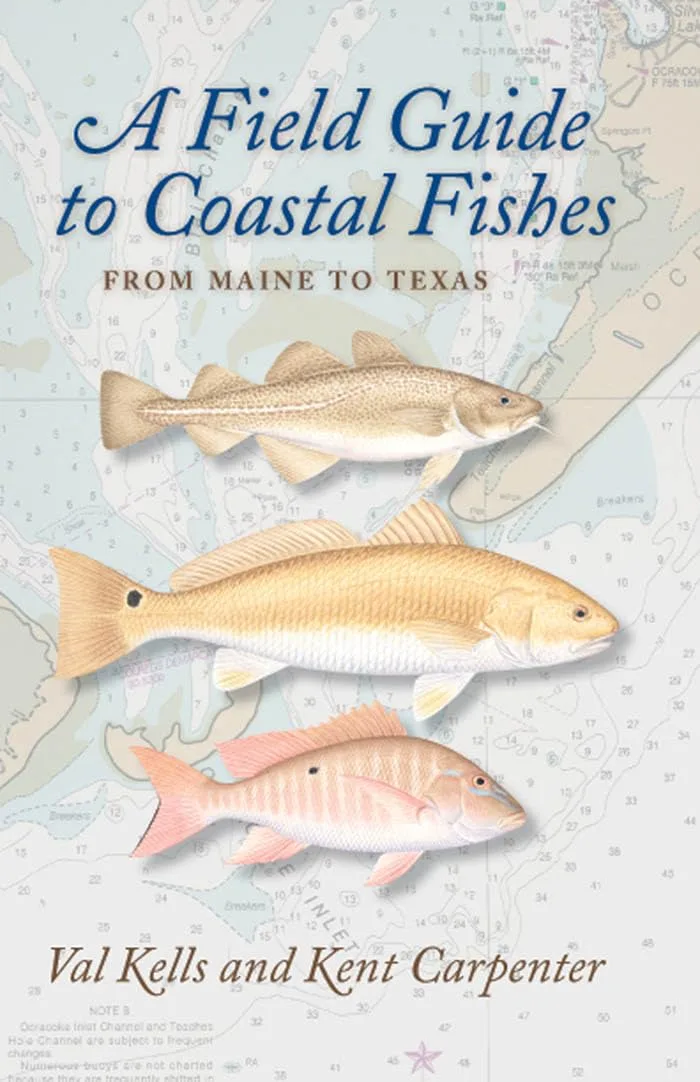RESOURCES
Learn to identify your catch, read our news blog, watch our videos, reference materials and more!
Identifying fish can be tricky, but there are a few key features to look for:
- Size and shape: Some fish will only grow to be a few inches long as adults while others may be several feet in length. They can be slender or round, and their bodies may be flattened or elongated.
- Color: Identifying by color can be tricky, as general coloration can vary greatly within a species. However, some will have distinct markings regardless of their background color. These are helpful identifiers.
- Fins: The size, placement, and shape of fins are important to distinguish between fish families. Look for the presence, shape, and location of the dorsal, anal, pectoral, and tail (caudal) fins.
- Habitat: Some animals are found in fresh or brackish water, while others are strictly associated with marine environments. They may also be found around structures, such as docks, pilings, and jetties. Some are only found off beaches while others are more likely to be in tidal creeks. Understanding which habitat your fish is most likely to be associated with will help you narrow down your fish species.
Here are a few additional tips for identifying coastal fish:
Use a fish identification guide (like this one): There are many fish identification guides available, both in print and online. These guides can be helpful in narrowing down the possibilities based on the features you observe. See our recommendations for additional resources in the References tab in the menus.
Still stumped? Take several pictures of the fish you are trying to identify. Include at least one picture with a size reference in the picture (e.g., ruler, coin). Make sure you capture multiple angles of the fish and try to get a clear shot of fins spread out. You can submit these pictures to this website, and local experts will review them and tell you what you caught. Use the link below to submit your find to us.
We’re excited to share a series of educational videos available on the EFMC website, created to inspire curiosity and appreciation for the estuarine environment. Partnering with talented animators from the Savannah College of Art and Design, we produced two engaging animated shorts that highlight the importance of estuaries and their role in coastal ecosystems.
These videos were developed not only as educational resources but also as a way to connect the public to the estuary’s beauty and significance. Estuaries mean so much more than just their ecological value—they provide a deep sense of identity, culture, and community. Inspired by this, our final video is a documentary that shares the voices and stories of those who call the estuary home.
We invite you to watch and explore these videos, and we hope they foster a deeper connection to our coastal environment!
Playlist

4:25

3:59

4:26
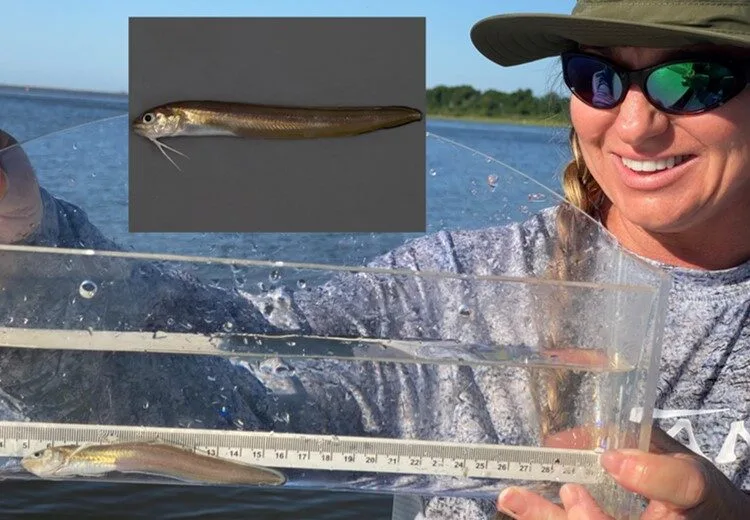
Say Hello to the Striped Cusk-Eel
With its shiny elongate, snake-like body, it is understandable why the striped cusk-eel (Ophidion marginatum) might be mistaken for a true eel at first glance. The uniquely shaped fish, however, belongs to a group of fishes known as cusk-eels (family Ophidiidae) whose name is derived from the Greek origin ‘ophis’

Let’s Call a Spade a Spadefish!
The Atlantic spadefish (Chaetodipterus faber) is commonly associated with many of Georgia’s near and offshore reefs and other structured habitats. However, like many of our state’s marine fishes, spadefish are also reliant on Georgia’s vast estuaries for a safe haven before they get large enough to move offshore to deeper

A Star in the Estuary
Did you know that the American star drum (Stellifer lanceollatus) is a close relative of two of Georgia’s most popular sport fish, the red and black drum? However, despite being one of the more common residents in coastal Georgia waters they often don’t share the same recognition as their larger,

All Choked Up About the Hogchoker!
It’s a fairly safe bet that for most people the hogchoker (Trinectes maculatus) is not a common household name. Fortunately, for all us they are a common feature in Georgia’s estuaries! These well-camouflaged flatfish with no pectoral fins are members of the Sole family (Achiridae) and have round to oval-shaped

‘Sea Something?’… Say Something!!
One of my favorite questions as a Sea Grant Extension Agent is, “What is this?” because it usually means I get to help a person identify some type of marine life. I got one of these calls the other day from a gentleman in McIntosh County who caught what was

Not Your Grandma’s Skillet!
Georgia’s estuaries never disappoint when it comes to illustrating the various shapes, sizes and adaptations you can find in fish. This thought entered my mind the other day as I tried removing a tiny skilletfish (Gobiesox strumosus) that suctioned onto my hand during a recent sampling trip in Sapelo Sound.

Why the Long Face?
The lookdown (Selene vomer) is yet another example of the rich biodiversity we can find along the Georgia coast. While they are found across both northern and southern hemispheres, locally, lookdowns are yearlong inhabitants of our estuaries and shallow nearshore waters. Characterized by their silver and iridescent color along with

Bait or Supper…? The Striped Mullet is a Good Choice!
Equally at home in freshwater as in saltwater, the striped mullet (Mugil cephalus) is a common inhabitant of Georgia’s coastal rivers, estuaries and offshore waters. If you’ve spent any time on the water, there a good chance you’ve witnessed one of their more well-known traits…jumping out of the water! It

A File with Style
Named for its rough skin, which resembles the texture of a fingernail file, the planehead filefish (Stephanolepis hispidus) is another great example of the rich biodiversity found within Georgia’s estuaries. Planeheads, like all filefish are characterized by a deep flattened body (also known as laterally compressed) and a short pointy

Does this body make my face look fat?!
Always a crowd pleaser, the striped burrfish (Chilomycterus schoepfii) is no stranger to Georgia’s estuaries. A member of the porcupinefish family (Diodontidae), these prickly fish are easily recognized by their conspicuous stiff body spines, numerous wavy stripes and dark spots that cover their yellow-toned bodies. They also possess a parrot-like

Fantastic Fishes: The Bay Anchovy – Georgia’s Unsung Hero of the Estuary!
Tiny, oily, and not very exciting to look at–but absolutely CRUCIAL to the food web! 🐟💪The Bay Anchovy (scientific name: Anchoa mitchilii) are the snack of choice for just about everything bigger – like the popcorn of the estuary. They are filter feeders, swimming with their mouth open to gather

A Favorite Bait’s True Identify…The Mummichog
A male (top) and female (bottom) mummichog sit in the author’s hand.

Don’t let the Big Head Get to You!
Did you know that the bighead searobin (Prionotus tribulus), which commonly occurs in Georgia’s estuaries is a relative of the venomous lionfish? Fortunately, while this unique-looking fish does have noticeable spines around its head and many of its fins for protection, it does not possess the potent venom that its
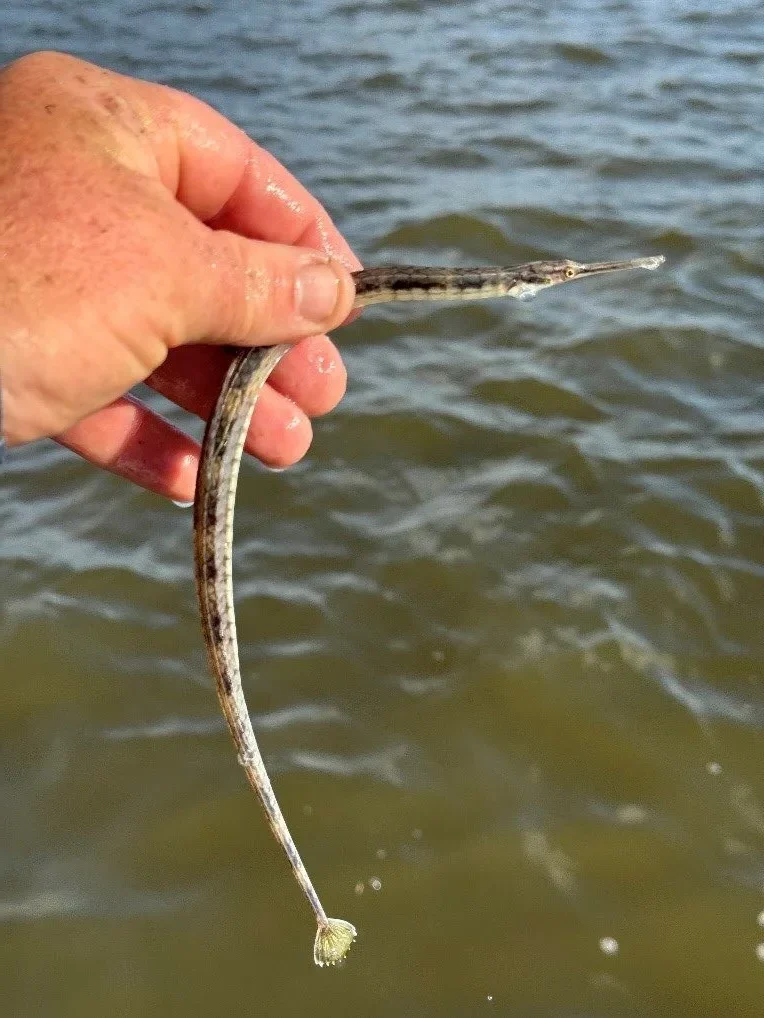
Pipe Up for the Pipefish!
The author holding a male chain pipe fish caught during a recent sampling trip.

So Many Tongues in the Estuary!
I might say this about several species we encounter during our sampling trips, but I can’t think of a fish that gets more chuckles (and perhaps a few raised eyebrows) from first time viewers than the aptly named, blackcheek tonguefish (Symphurus plagiusa). Tonguefish belong to a group of relatively small

Black Sea Bass, The Estuary Connection
For most local fishermen, the mention of black sea bass (Centropristis striata) conjures up visions of fishing offshore on one of Georgia’s many artificial or natural reefs. However, did you know this popular member of the grouper family also has strong connections to our state’s estuaries? Adult black sea bass
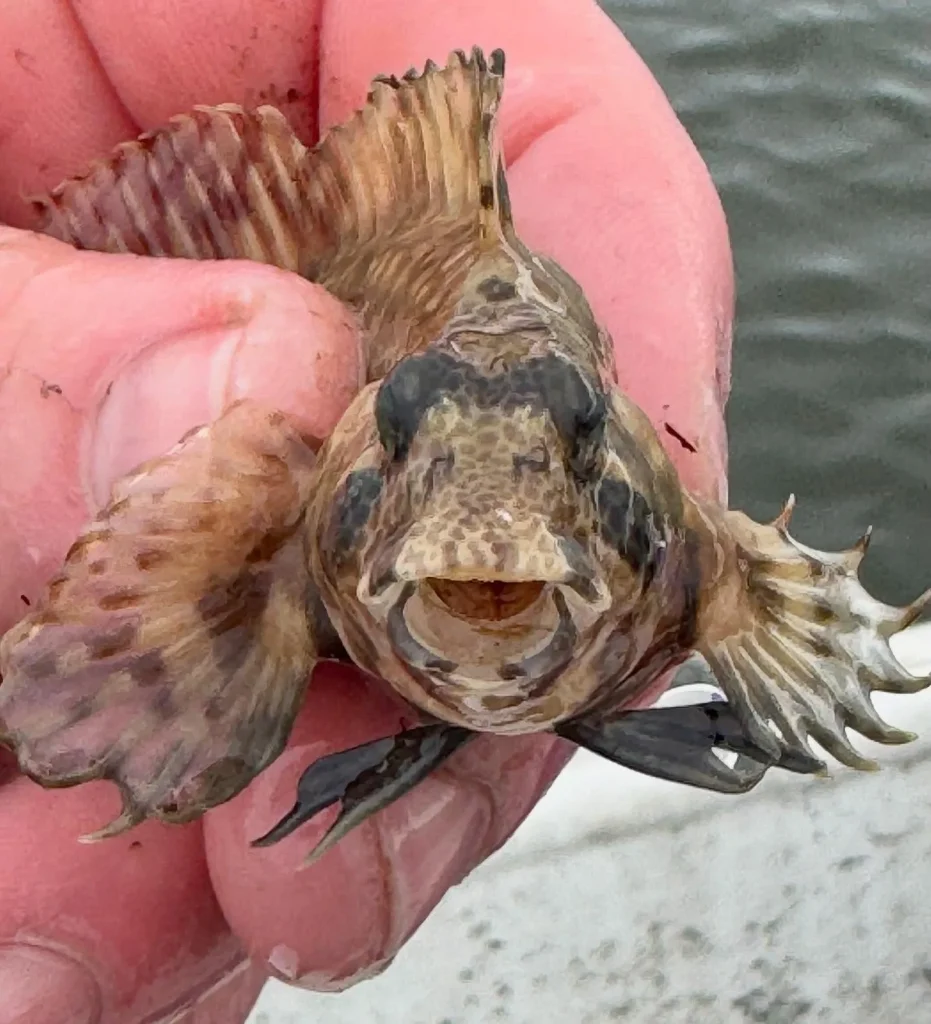
A Small Fish with a Big Personality…The Feather Blenny
This past week’s EFMC sampling in Sapelo Sound yielded an impressive mix of fishes that always generate excitement from our field crew; northern pipefish, ocellated flounder, black and rock seabass, big head sea robin, southern and spotted hake and freshwater goby to name a handful. We also caught one of

Rare find: Early Juvenile Red Drum
Last week, the EFMC (Estuarine Fish Monitoring Cooperative) trawl lead by Dylan Bedortha pulled up an early juvenile red drum (aka. red fish, Sciaenops ocellatus) near St. Catherine’s Island in Sapelo Sound. This is a very rare catch in our trawl nets. In fact, this is the first time in

The Next Wave of Coastal Scientists at Sapelo Island Visitor Center, February 8, 2025
Nothing says “welcome to marine science” quite like trying to throw an otter trawl net on dry land without getting tangled in it. That’s exactly how we kicked off our student research training workshop at the Sapelo Island Visitor Center in Darien, bringing together eager students from local universities and
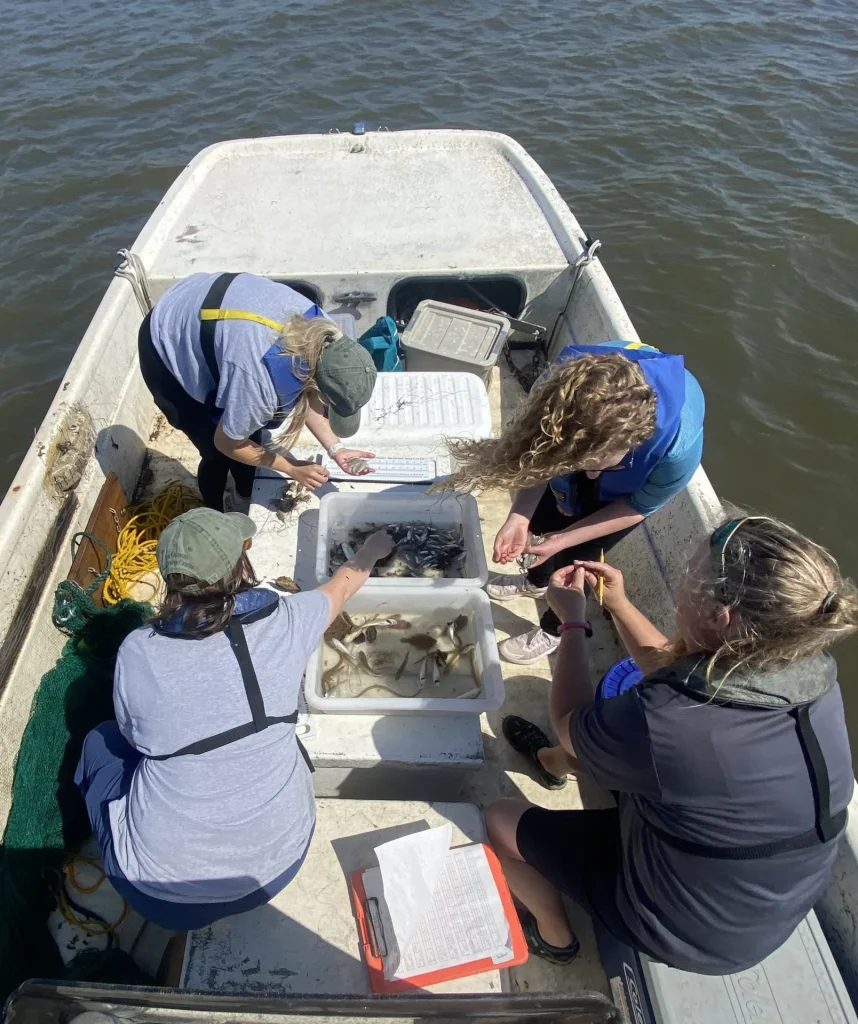
A Day on the Water: Trawling for Science in Doboy Sound
Author: Brittany Dodge There’s nothing quite like the smell of salt air, the gentle rocking of the boat, and the thrill of pulling up a net full of mystery from the depths of an estuary. Today, we’re out on the water in Doboy Sound, conducting another round of otter
Clicking on any of the guides below will open in a new Amazon browser tab.
Literature Cited
Richards, W.J., 2005. Early stages of Atlantic fishes: an identification guide for the western central north Atlantic, Two Volume Set. CRC Press.





